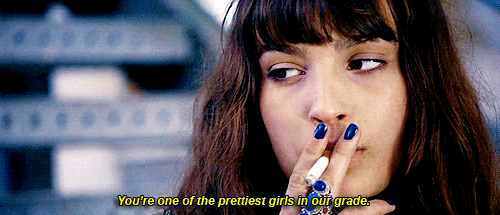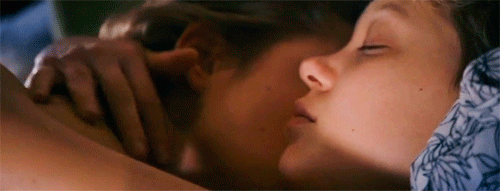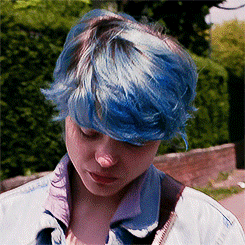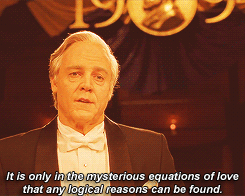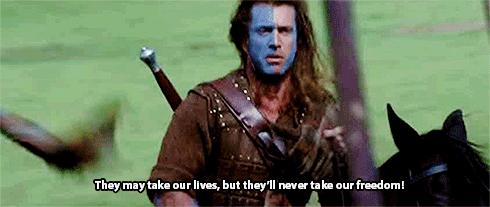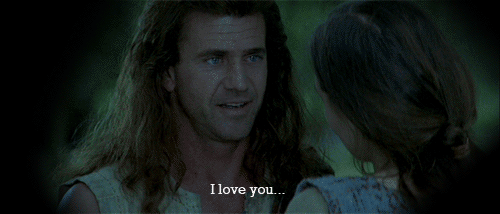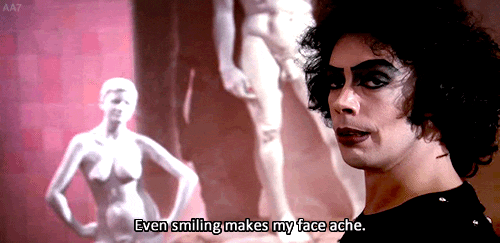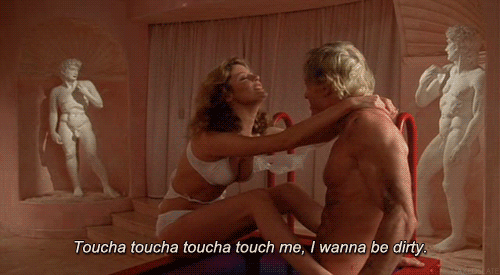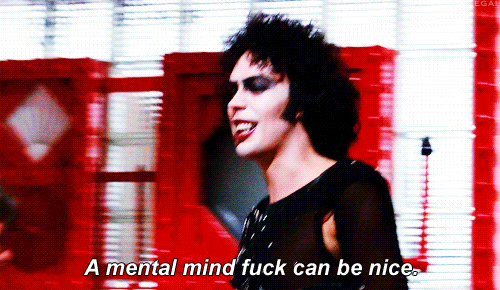From the director of Life of Pi comes one of the highest grossing films with LGBT protagonists of all time… How to Get Oscar Noms by Two Straight Guys!

Kidding aside, I fell ridiculously in love with this movie. Now I’ll discuss why it’s problematic.
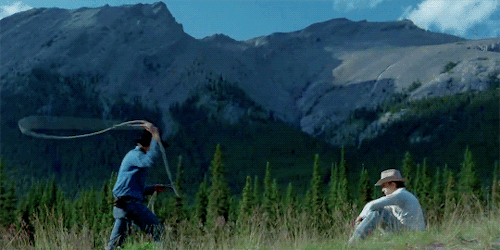
I’m joking! *clears throat* In Wyoming in 1963, Ennis Del Mar (Heath Ledger) and Jack Twist (Jake Gyllenhaal) are hired to herd sheep for the summer. Jack’s job is to guard the sheep all night from coyotes in their remote sleeping area in the mountains, and Ennis’ job is to… take care of base camp? A bottle of booze later, their loneliness gets the better of them and after two seconds of cuddling they’re in crazy frantic love-making mode.

I knew they were gonna have sex the second Jack tried to help clean Ennis’ wound from falling of his horse. Nothing is more intimate than cleaning a wound!!
But sadly the summer of cuddling in denim ends, and Ennis marries Heath’s wife IRL the white Michelle Williams, Alma. They have two daughters together. Jack tries to come back the next summer, but the homophobic rancher knew about their little secret and refuses to hire him. So he moves to Texas and marries his Love and Other Drugs (2010) costar Anne Hathaway!

When Jack and Ennis reunite after four years, the chemistry is electric!
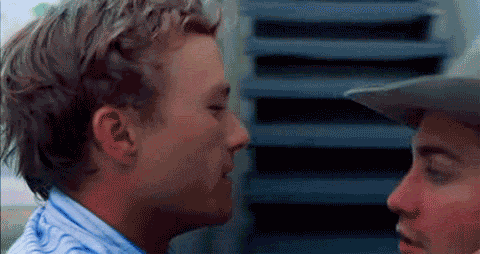
Don’t see how two closeted men in the 1960s would make out outside, but it’s cute.
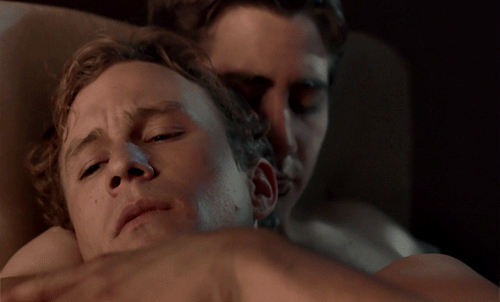
They begin to have seasonal trips up to Brokeback Mountain for “fishing.” Alma knows better, and over the years her marriage to Ennis deteriorates, ending in divorce.
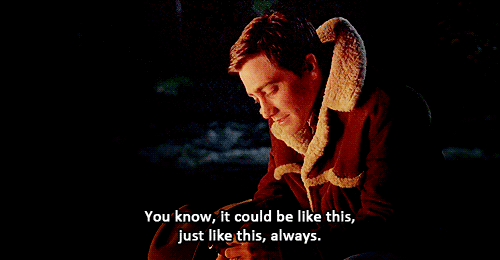
During one trip, Jack suggests they get a cute little ranch together and live happily ever after and it’s the actual cutest thing. But Ennis has some weird childhood memory of his town brutally murdering a gay man and he refuses. Stupid Wyoming.
The film is seeped in toxic masculinity and explores how it negatively impacts their relationship. Poor Jack just wants to be with Ennis forever and ever.

He’s the sensitive one. Ennis is more of a… wear denim and punch guys on the Fourth of July kind of guy.

And so they fight and fight over the course of a 20 year relationship.

Jack is so sensitive even with his creepy mustache.
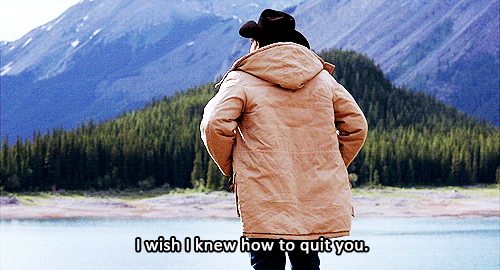
I knew the movie had great performances by the main four actors, Heath Ledger, Jake Gyllenhaal, Michelle Williams, and Anne Hathaway, but what I didn’t know is the great tertiary characters that fill Brokeback Mountain’s awesome cast.

Kate Mara (House of Cards, The Martian) plays Ennis’ grown up daughter.
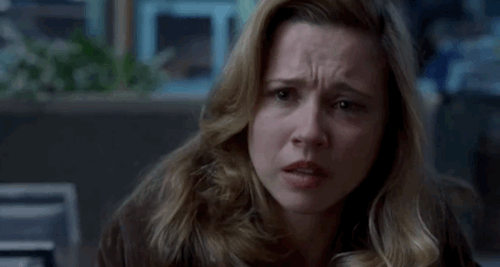
Linda Cardellini (Scooby Doo, Freaks and Geeks) plays Ennis’ girlfriend for a short period of time after his marriage.

Anna Faris (everything great) plays a random girl who is a friend of Jack’s wife. A gif of her in the movie doesn’t exist so here she is playing basketball in her underwear with Chris Evans.
Brokeback Mountain is a hugely successful mainstream film with a love story between two men. It won Best Picture and Best Director at the Golden Globes, BAFTAs, Critics’ Choice Awards, Producers Guild Awards, and Independent Spirit Awards. It lost Best Picture at the Academy Awards to Crash.
So much of the LGBT film we have today is in part due to Brokeback Mountain’s success. Despite it’s limiting view of same sex love, how it is shameful and private and ultimately doomed, it remains a true accomplishment of cinema for its time.



